(November 15, 2023) Make some noise for Vidya Vox – the queen of mashups. One balmy morning in 2015, Vidya Vox exploded on YouTube with her first mashup – a perfect blend of Indian music and Western pop. This was when the Millennials took notice of this internet sensation who proudly wears her culture up her sleeve and gives it an international twist.
But it was the viral Kabira and Closer cover mashup that catapulted the Indian-American to new heights of success and fame. Her velvety voice, the beats, and the beautiful fusion of two chartbusters made the mashup cover an instant hit. In 2018, she was ranked among the top 10 Indian YouTubers. With 7.63 million YouTube subscribers and 1.1 million followers on Instagram, Vidya has truly become a social media sensation. and is also one of the highest-paid YouTubers.
Born in Chennai as Vidya Iyer (Vidya Vox is her stage name), she started training in Carnatic music as early as five years of age. The YouTuber and singer, who is well-versed in Tamil, Telugu, Hindi, and English, moved to the US with her family when she was 8. Though she relocated to a new country, she felt rooted in India and music remained an integral part of her life.
Identity crisis
Brought up in Virginia, Vidya faced a sort of identity crisis in her growing-up years. With AR Rahman and bhajans playing at home, she was introduced to Shakira and Coldplay in school. “It was an identity crisis of sorts because the two worlds I was living in seemed so far apart,” she said in an interview. This identity crisis led to her being bullied in middle school and left her so scarred that she started hiding her Indian identity and stopped getting dosa for lunch at school. “But by the end of high school, I realized this was ridiculous. I started participating in bhangra groups, dancing to songs like Kangana Tera Ni. By the time I went to college, I had totally embraced my Indianness, but I still didn’t tell anyone I could sing,” she told another daily.
Never-ending collaboration with Shankar Tucker
It was her chance encounter with music composer and clarinetist Shankar Tucker during her final year of college that drew her to music once again. Vox was pursuing psychology and had plans of entering into a medical college.
View this post on Instagram
“It was then that I collaborated with Shankar Tucker who showed me that music is possible through YouTube. I had never thought about a music career but that collaboration changed my life. It gave me the itch to pursue music, which I did after I finished the degree,” she added.
She became the vocalist for Tucker’s band and his YouTube channel ShrutiBox. But it wasn’t until 2015 that she started making music for her channel.
The beginning of Vidya Vox
After her graduation, Vidya moved to Mumbai for a year to train in Hindustani music. It was during this time that the idea of creating her channel struck her, and as they say, the rest is history. “I grew up on Queen, ABBA, and at the same time, Nityasree. So, I thought, how can I marry the two worlds? People have been doing mashups for generations, and I realised that when I went to concerts. This was the best way to show that I can sing both styles in the same song and be from both cultures,” she added.
Moreover, Vidya, who believes in experimentation and calls complacency the death of an artist, always tries to incorporate a song “that is reflective of local culture and add my twist to it.” For her, this is what adds beauty to the song. “For each language, I have a coach to train me through the pronunciation. I give it a lot of importance,” she added.
View this post on Instagram
In the last 15 years, Vox has collaborated with various international artists and she is proud of putting Indian music on the global platform. Having performed at Festivals Des Artes in Reunion Island, Dubai, and the Meru Series in the Netherlands, Vox has become a modern-day ambassador for Indian music.
She has played a pivotal role in putting Indian music on the global map, and she says it’s high time. “India is more important in the world, more than ever. There are so many talented artists and musicians who are of Indian origin and grew up in different parts of the world, paying homage to their roots. By doing that, more parts of the world are learning about India and Indian music and culture.”
- Follow Vidya Vox on Instagram



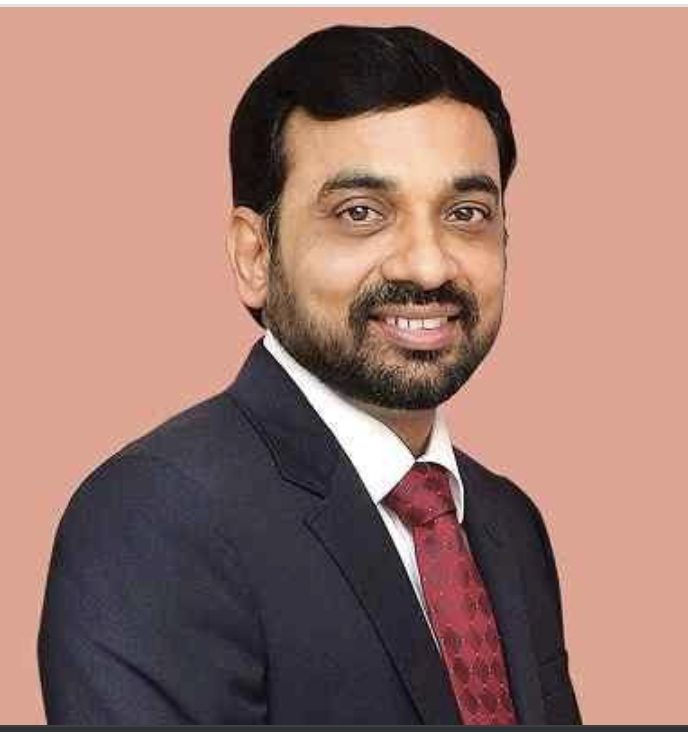 Mahesh Babu, CEO, Switch Mobility[/caption]Another Indian name that is synonymous in the electric mobility world is that of Mahesh Babu, a 20-year veteran in the field. From being an advisor and consultant for the Niti Aayog, Mahesh is the biggest electric mobility policy maker in the country. His dream of “creating customised electric mobility experiences with cutting-edge technology, for a billion Indians” has led him to embrace the concept of being a "servant leader – focussing on developing strong teams based on their aspirations and attitude". For six years, Mahesh was the CEO at Mahindra Electric Mobility before recently becoming the CEO of Switch Mobility, a Hinduja Group company, under management of the Ashok Leyland team, with a manufacturing and technology center in Spain at an investment of Rs 500 crore. With this, the company hopes to break into the top 10 manufactures of electric vehicle transportation solutions.
Mahesh Babu, CEO, Switch Mobility[/caption]Another Indian name that is synonymous in the electric mobility world is that of Mahesh Babu, a 20-year veteran in the field. From being an advisor and consultant for the Niti Aayog, Mahesh is the biggest electric mobility policy maker in the country. His dream of “creating customised electric mobility experiences with cutting-edge technology, for a billion Indians” has led him to embrace the concept of being a "servant leader – focussing on developing strong teams based on their aspirations and attitude". For six years, Mahesh was the CEO at Mahindra Electric Mobility before recently becoming the CEO of Switch Mobility, a Hinduja Group company, under management of the Ashok Leyland team, with a manufacturing and technology center in Spain at an investment of Rs 500 crore. With this, the company hopes to break into the top 10 manufactures of electric vehicle transportation solutions.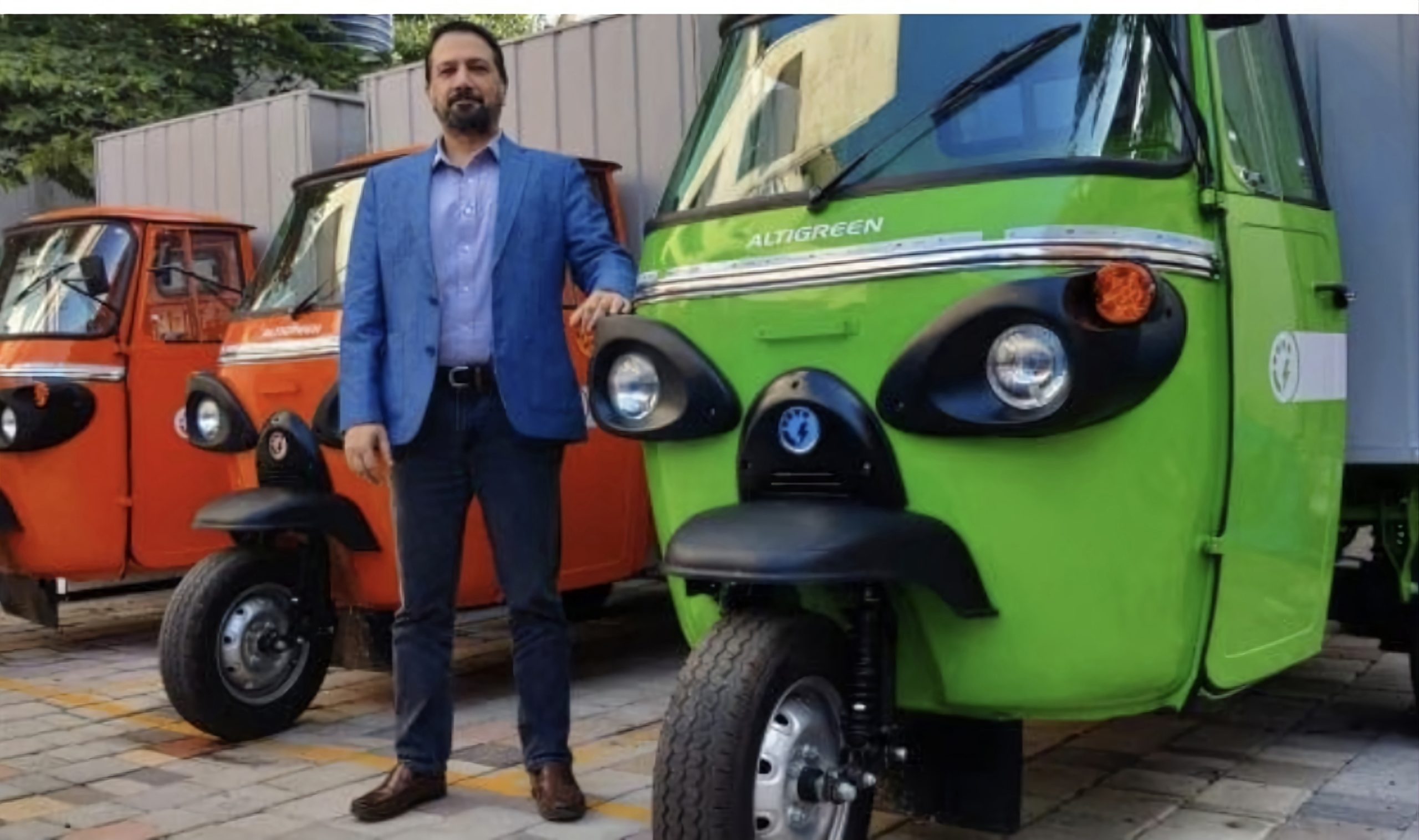 Amitabh Saran, CEO, Altigreen Propulsion Labs[/caption]While EVs worldwide are often two wheelers or four wheelers, an ex-Nasa Indian innovator decided to bring this technology to the country’s ruralinteriors, by creating an innovative electric rickshaw. The brainchild of Amitabh Saran, CEO of Altigreen Propulsion Labs, the Altigreen neEV, was launched in January this year, with a bid to transform the
Amitabh Saran, CEO, Altigreen Propulsion Labs[/caption]While EVs worldwide are often two wheelers or four wheelers, an ex-Nasa Indian innovator decided to bring this technology to the country’s ruralinteriors, by creating an innovative electric rickshaw. The brainchild of Amitabh Saran, CEO of Altigreen Propulsion Labs, the Altigreen neEV, was launched in January this year, with a bid to transform the 

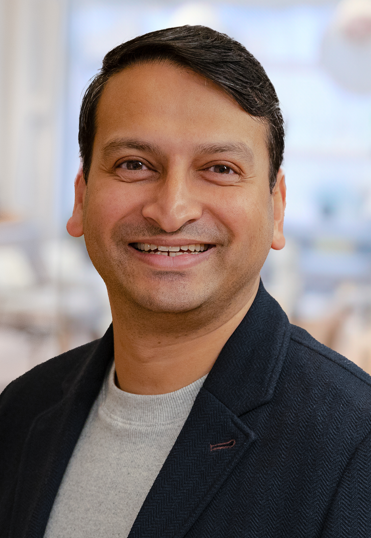 Aditya Mhatre[/caption]
Aditya Mhatre[/caption] Aditya Mhatre with his team[/caption]
Aditya Mhatre with his team[/caption] Aditya Mhatre with his team[/caption]
Aditya Mhatre with his team[/caption]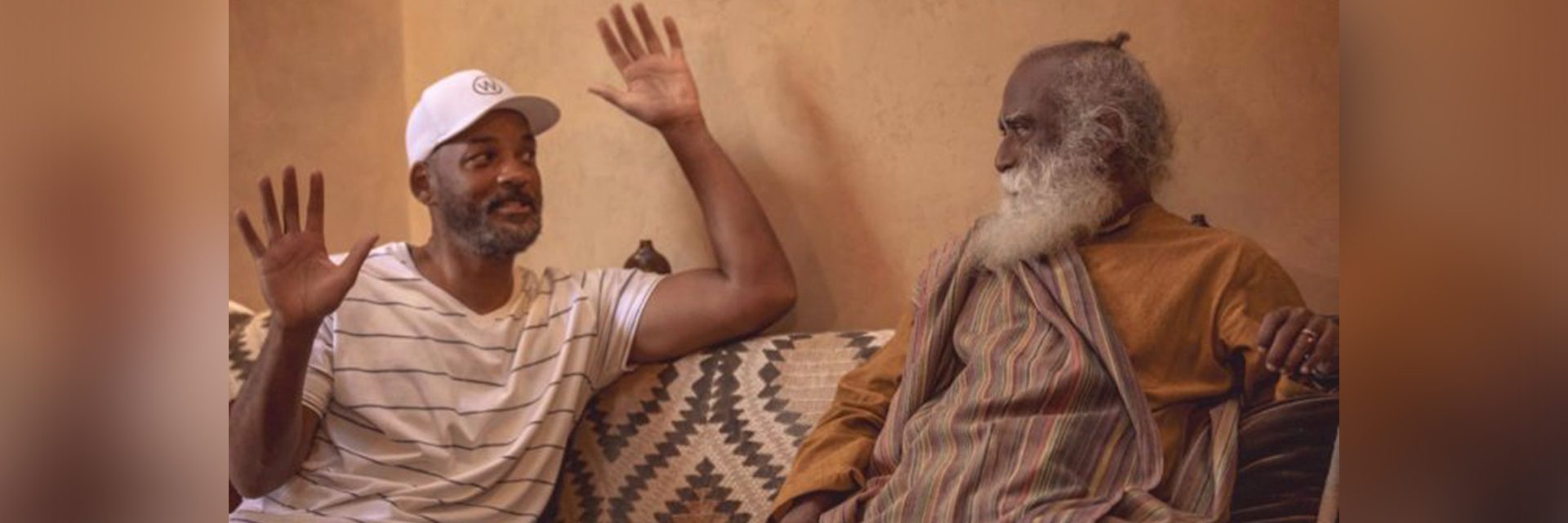
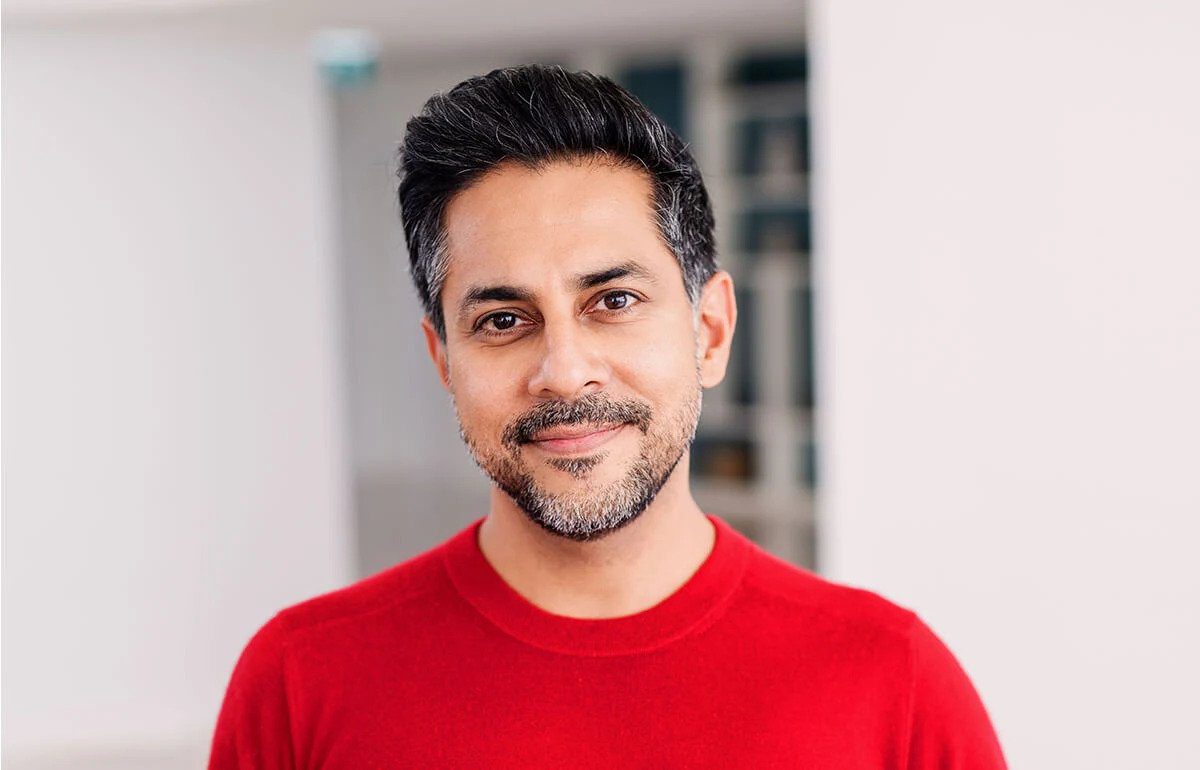
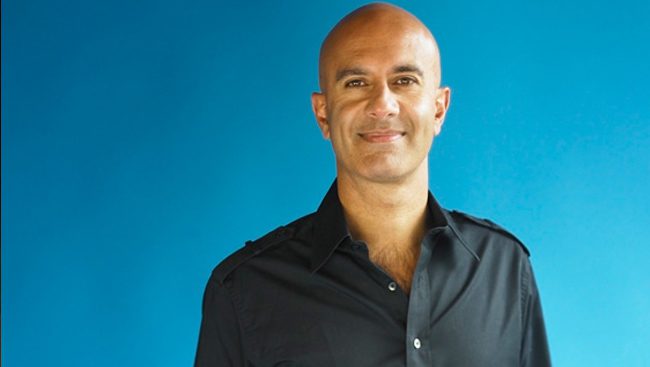

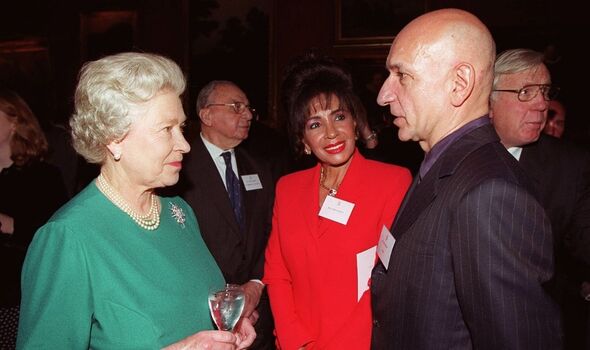 Ben Kingsley with late Queen Elizabeth II[/caption]
Ben Kingsley with late Queen Elizabeth II[/caption]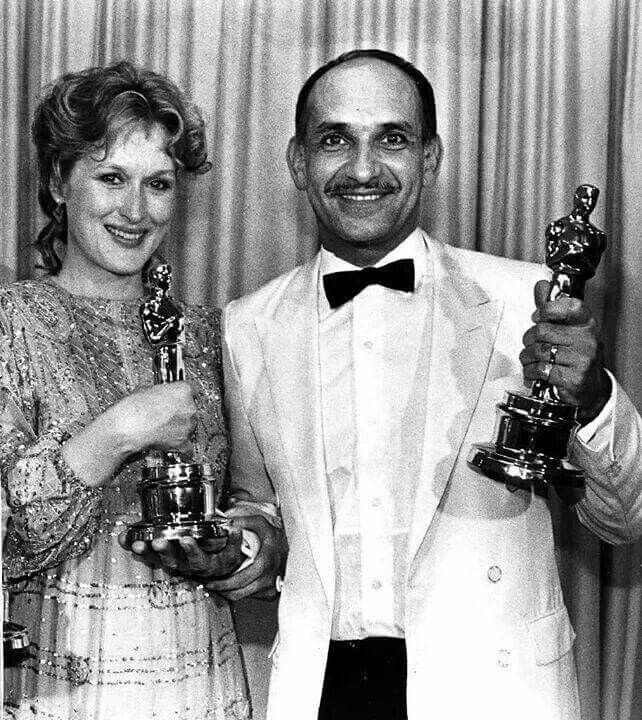 Ben Kingsley with Meryl Streep after winning their Oscars[/caption]
Ben Kingsley with Meryl Streep after winning their Oscars[/caption]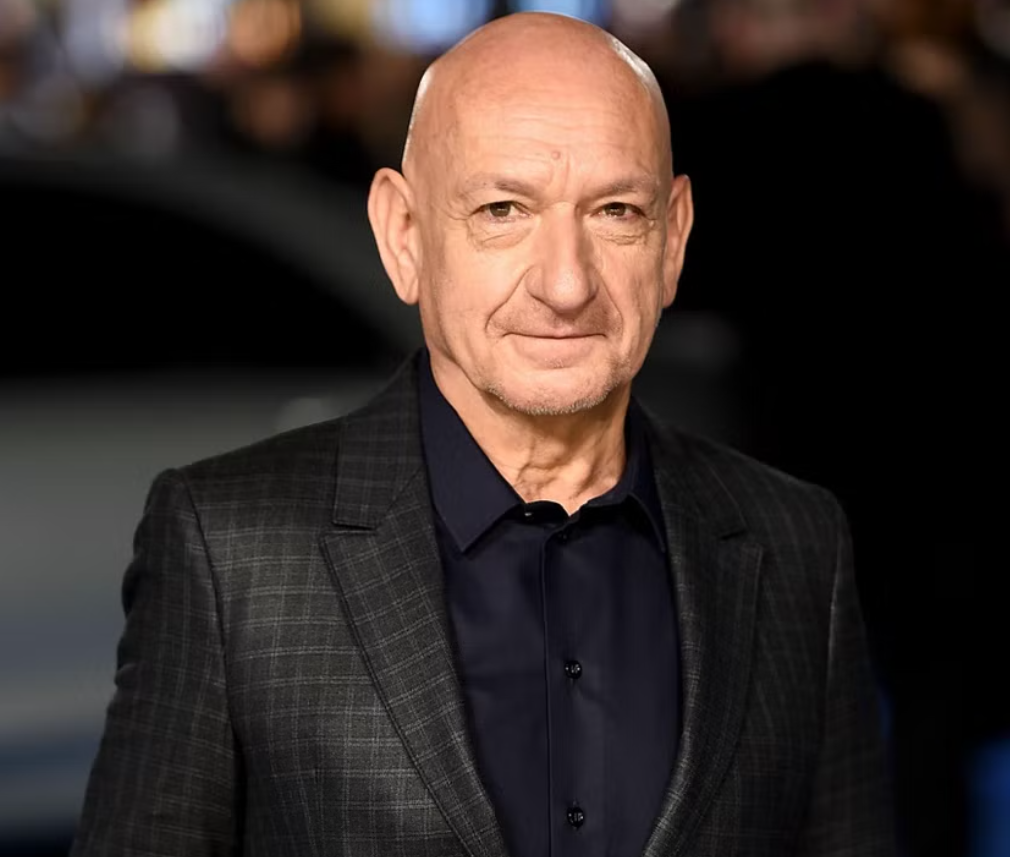 Ben Kingsley[/caption]
Ben Kingsley[/caption]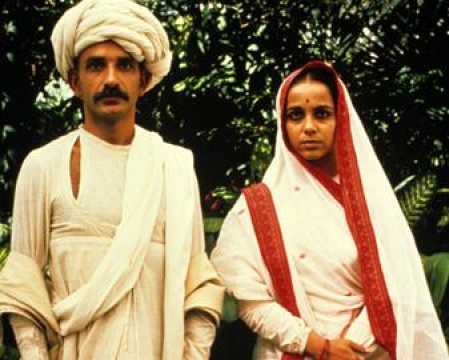 Ben Kingsley and Rohini Hattangadi in the movie Gandhi[/caption]
Ben Kingsley and Rohini Hattangadi in the movie Gandhi[/caption]